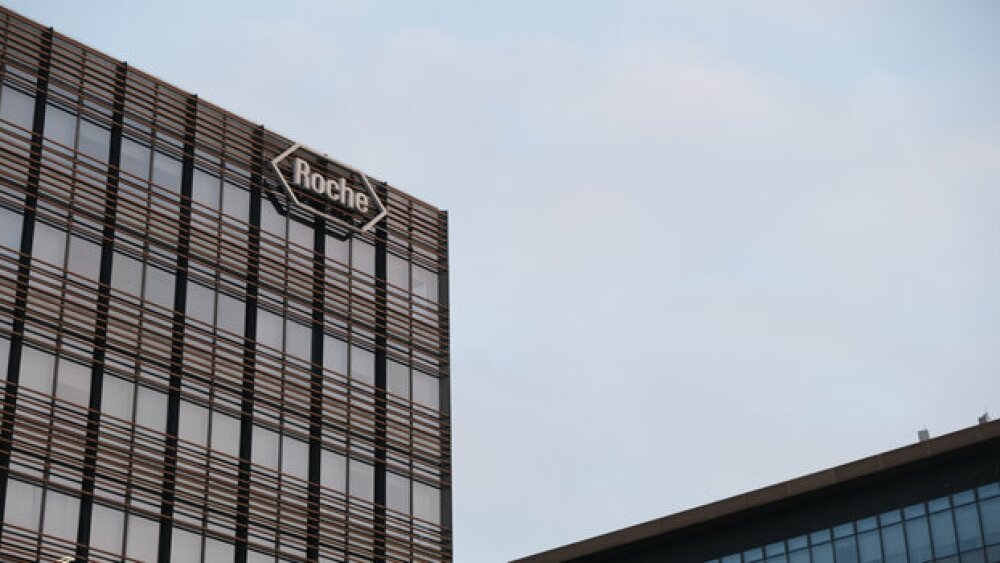Shares of the biotech startup jumped as much as 70% on Friday after the company reported promising early-stage results for a four-week trial that included only 24 patients.
Pictured: Stock prices shown on computer and mobile screens/iStock
Shares of San Francisco-based biotech Structure Therapeutics jumped as much as 70% on premarket trading Friday, after the company announced promising Phase Ib results for its weight-loss drug candidate.
The four-week trial, which involved 24 patients, saw as much as a 4.9-kg reduction in mean body weight from baseline and up to 4.9% placebo-adjusted weight loss. The data, however, remain early findings and more comprehensive data will have to wait.
Nonetheless, according to Reuters, Structure’s shares soared about 70% to their highest level since the company was first listed on the Nasdaq. Analysts reportedly described the findings as “impressive” and suggested the drug would be “highly competitive” against competing efforts by Pfizer and Eli Lilly to develop a weight loss drug.
Structure also announced on Friday $300 million in private placement equity financing. Net proceeds from the stock sale, in addition to existing cash, cash equivalents and short-term investments, are expected to extend the company’s cash runway through the end of 2026.
The company is investigating its highly selective oral glucagon-like peptide-1 (GLP-1) receptor agonist, GSBR-1290, in overweight and obese patients. While this class of medication is largely approved for use in managing glucose levels in patients with type 2 diabetes, it has increasingly become an investigational target for weight loss.
On Friday, Structure also disclosed a study delay. While the company was undertaking a Phase IIa study looking at 40 patients in the obesity cohort and 40 in a type 2 diabetes cohort over the course of 12 weeks, a data collection omission in 24 of the patients in the obesity cohort at the final visit has delayed results reporting.
New patients are being enrolled to replace those 24, but topline result reporting has been pushed back to the first quarter of 2024. However, the type 2 diabetes cohort is still on track to release topline results by the fourth quarter of 2023, according to Structure.
Subsequent studies are also on track to start in 2024. Structure is planning to launch two Phase IIb studies on GSBR-1290 for patients with type 2 diabetes and obesity. The studies aim to enroll 500 patients and 275 patients, respectively. In preparation for the Phase IIb studies, the company is planning a separate formulation bridging study as it plans to shift dosing from capsules to tablets. That study is anticipated to start in the fourth quarter of 2023 and wrap up by the second quarter of 2024, while the resulting tablet formulation will be used for the type 2 diabetes and obesity studies.
While demand for GLP-1 receptor agonists is reaching new heights, the class of drugs is also running into regulatory headwinds. In particular, the European Medicines Agency flagged a potential risk for thyroid cancer in patients taking the drugs.
Lilly and Novo Nordisk are two of the market frontrunners and major heavyweights in the race for market share. Research by Morgan Stanley suggests the market could be worth $50 billion by 2030.
Connor Lynch is a freelance writer based in Ottawa, Canada. Reach him at lynchjourno@gmail.com.





